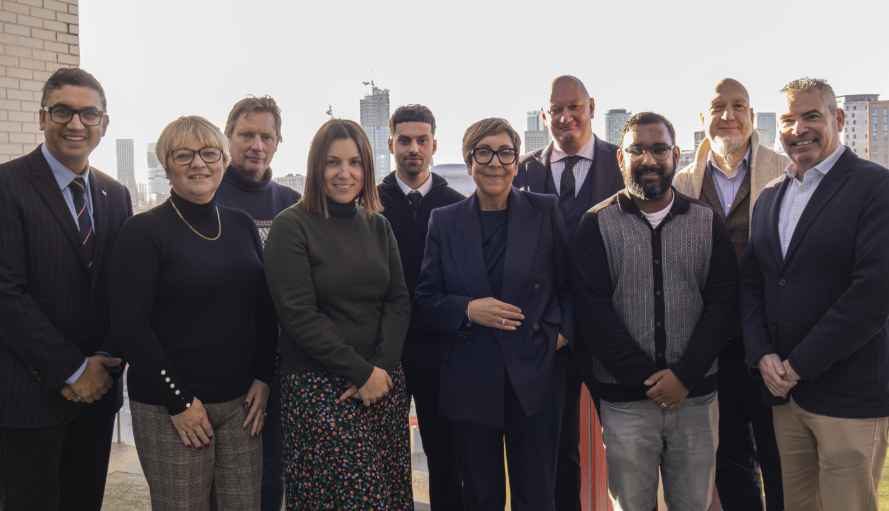Though thousands of miles apart, millions of Americans and Indians are united by the rivers that have shaped their cultures and countries — the mighty Mississippi in the United States and the sacred Ganges in India.
Both rivers are more than just waterways; they are lifelines for millions of people, vital to the economy, culture and ecology of the regions they pass through. The Ganges, revered as holy by millions of Hindus, flows 2,525 kilometers, supporting life for nearly 40% of India’s population.
The Mississippi River, though not sacred to Americans, occupies an important role in U.S. culture, shaping the lives of hundreds of communities along its 3,780 kilometres and supplying drinking water to more than 20 million Americans. “We all kind of are formed by the Mississippi River,” says Mitch Reynolds, mayor of La Crosse, Wisconsin.
It’s impossible to overstate its significance — not just economically, but culturally — in shaping the identity of the region, he says. Despite their immense value, both rivers have suffered from pollution caused by industrial runoff, untreated sewage and growing environmental pressures exacerbated by climate change.
India’s Namami Gange initiative , launched in 2014, has been a transformative force, investing billions of rupees in sewage treatment plants, riverbank restoration, and community engagement to reduce pollution. Likewise, the U.S. Mississippi River Restoration and Resiliency Strategy (PDF, 1,000KB), created in 2022, takes a comprehensive approach to managing pollution and rebuilding ecosystems across its 3.2 million-square-kilometre basin.
At the 2023 United Nations Climate Change Conference (COP28), this shared mission brought the two nations closer together. The National Mission for Clean Ganga and the Mississippi River Cities & Towns Initiative (MRCTI) signed a memorandum of common purpose to collaborate on urban river management issues.
This agreement covers key areas such as:
- Water quality monitoring.
- Tracing the origins of plastic pollution.
- Fostering river research.
- Introducing nature-based solutions to urban areas.
- Restoring aquatic ecosystems.
Both delegations showed keen interest in each other’s solutions. For example, the U.S. delegation was particularly impressed by India’s One City One Operator model for sewage treatment plants, while Indian leaders were eager to learn about MRCTI’s satellite-based water monitoring.
“In the U.S., they’re using technology really, really well,” says Victor Shinde of India’s National Institute of Urban Affairs, pointing to the innovative use of satellite imagery to track pollution sources.
As COP29 approaches, India and the U.S. have the opportunity to build on this momentum, demonstrating the strength of their partnership in addressing pollution, biodiversity loss and climate change. By leveraging each nation’s expertise — whether in nature-based solutions or advanced technology — both nations show how local action can drive global impact. In India, the Namami Gange initiative has seen considerable progress since 2014. With over 4,000 kilometres of sewage lines laid and numerous wastewater treatment plants built, the effort shifts how India approaches river conservation.
According to Shinde, “What is needed to effect change is for communities to understand the value of the river in their lives — whether that value is economic, social, cultural or aesthetic.” On the other side of the world, the Mississippi River strategy pursues a similarly broad approach, addressing and building the ecological resilience to handle increasing floods and extreme weather events.
The partnership between India and the U.S. is more than just a bilateral initiative — it’s a model for global climate and natural-ecosystem cooperation, say the partners. By leveraging technological innovation and community-based efforts to restore their iconic rivers, the partners show the world how cooperation, innovation and community engagement can preserve critical natural resources on which the planet depends.











